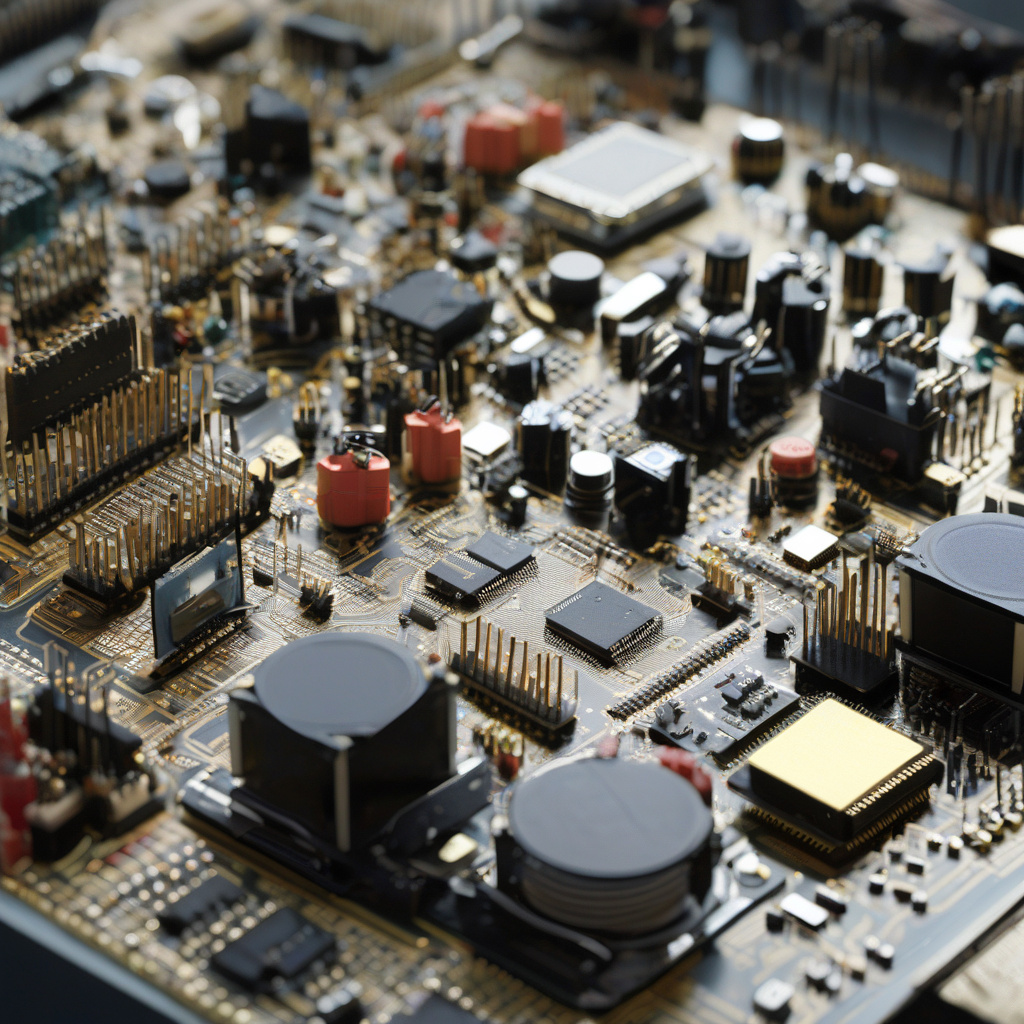The Miniaturisation Revolution: How Smaller Components are Transforming Technology
In the realm of technology, size does matter, but perhaps not in the way one might think. The miniaturisation revolution is quietly but significantly shaping the landscape of tech innovation, paving the way for smaller components that are transforming devices to be more powerful, efficient, and sustainable.
Miniaturisation is not a new concept, but its impact has been steadily gaining momentum in recent years. The process involves shrinking the size of components and devices while maintaining or even enhancing their performance. This trend is evident across various industries, from electronics and healthcare to aerospace and automotive.
One of the key drivers behind the miniaturisation revolution is the relentless demand for smaller, lighter, and more portable devices. Consumers today expect technology to be compact yet powerful, driving manufacturers to push the boundaries of what is possible in terms of size and performance.
Take, for example, smartphones. Over the past decade, these pocket-sized devices have evolved from simple communication tools to multifunctional powerhouses that rival traditional computers in processing power and capabilities. This transformation has been made possible by advances in miniaturisation, which have allowed manufacturers to pack more features and functionality into smaller form factors.
But the impact of miniaturisation goes beyond consumer electronics. In the healthcare industry, miniaturised medical devices are revolutionising patient care by enabling minimally invasive procedures, remote monitoring, and targeted treatments. From tiny implantable sensors to portable diagnostic tools, these miniaturised devices are improving outcomes, reducing costs, and enhancing the overall quality of care.
In the aerospace and automotive sectors, miniaturisation is driving innovation in ways that were once thought impossible. Smaller, more lightweight components are helping to improve fuel efficiency, increase performance, and enhance safety in aircraft and vehicles. From miniaturised sensors that monitor engine performance to compact navigation systems that guide autonomous vehicles, the possibilities are truly endless.
Moreover, the miniaturisation revolution is also contributing to sustainability efforts by reducing the environmental impact of technology. Smaller components require fewer raw materials to manufacture, consume less energy to operate, and generate less waste at the end of their lifecycle. This shift towards miniaturisation is not only driving technological advancement but also aligning with global efforts to create a more sustainable future.
As we look to the future, the miniaturisation revolution shows no signs of slowing down. Continued advancements in materials science, manufacturing techniques, and design capabilities will further push the boundaries of what is possible in terms of miniaturisation. From nanoscale electronics to micro-scale sensors, the potential for innovation in this space is limitless.
In conclusion, the miniaturisation revolution is reshaping the technology landscape by making devices smaller, yet more powerful, efficient, and sustainable. As we continue to witness the impact of miniaturisation across industries, one thing is clear – big things do come in small packages.
The post The miniaturisation revolution: How smaller components are transforming technology appeared first on Innovation News Network.
technology, miniaturisation, innovation, sustainability, efficiency












